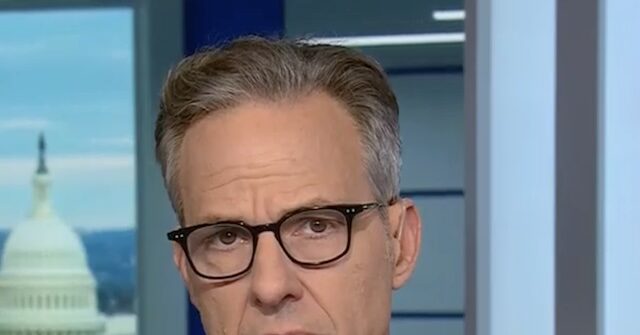During a recent town hall event covered by CNN, host Jake Tapper noted that Vice President Kamala Harris focused significantly on former President Donald Trump, often at the expense of detailing her own policy proposals. The town hall aimed to engage undecided voters less than two weeks before the presidential election, and Tapper remarked that Harris faced a diverse audience comprised of liberals seeking more engagement with her, progressives concerned about her policy stance, and wary Republicans who were interested in hearing her viewpoints.
As the event unfolded, it became clear that many voters had mixed reactions. While some were eager to hear more from Harris, others expressed concern about her commitment to progressive ideals. This division among the crowd highlighted the challenges Harris faces as she seeks to position herself favorably among various voter demographics. Tapper’s commentary emphasized the need for Harris to articulate her specific plans and vision for the presidency, particularly to assuage the concerns of progressives who fear she may not fully align with their values.
Despite the focus on Trump, Harris did manage to touch on several of her initiatives, including plans to support small businesses. However, Tapper observed that her emphasis on Trump seemed to dominate her responses, suggesting that she may have prioritized attacking her opponent over presenting a clear and compelling vision for her candidacy. In the context of a highly competitive election season, this strategy raises questions about whether relying heavily on negative messaging about Trump will resonate with undecided voters or if they will seek more substantive assurances regarding Harris’s policies.
As the election draws near, the pressure is mounting for both Harris and Trump to win over those elusive undecided voters. Harris’s approach during the town hall reflects a broader strategy of framing the election as a choice between their contrasting visions for America’s future. Nevertheless, the effectiveness of her strategy remains to be seen, especially given the limited time remaining before the election and the critical importance of securing voter support in key demographics.
The town hall served as a litmus test for Harris’s campaign and her ability to connect with voters who find themselves caught between skepticism of Trump and a desire for progressive leadership. As Tapper indicated, the town hall was not just about conveying a message but also about gauging voter sentiment and a reflection of Harris’s campaign strategy. The reactions of the audience members indicated that there is still much work to be done in solidifying her support base.
In conclusion, the town hall brought to light the complexities of contemporary American politics, especially during an election season characterized by heightened polarization. Harris’s concentrated focus on Trump, while potentially engaging for some voters, also underscores the challenge of addressing the varied concerns among different voter groups. As the campaign moves forward, Harris will need to balance her criticisms of Trump with a robust exploration of her own policies to effectively communicate her vision and secure the votes needed for success in the upcoming election.

